Since the first iteration launch in 2021, there has been many symmetrical shaped mice filling the market. Fast forward to 2o23, HyperX has finally made an update with the Pulsefire Haste 2 Wireless gaming mouse. The new HyperX Pulsefire Haste 2 Wireless gaming mouse retails for S$139 on Lazada.
Unboxing
In the box, you’ll find the following:
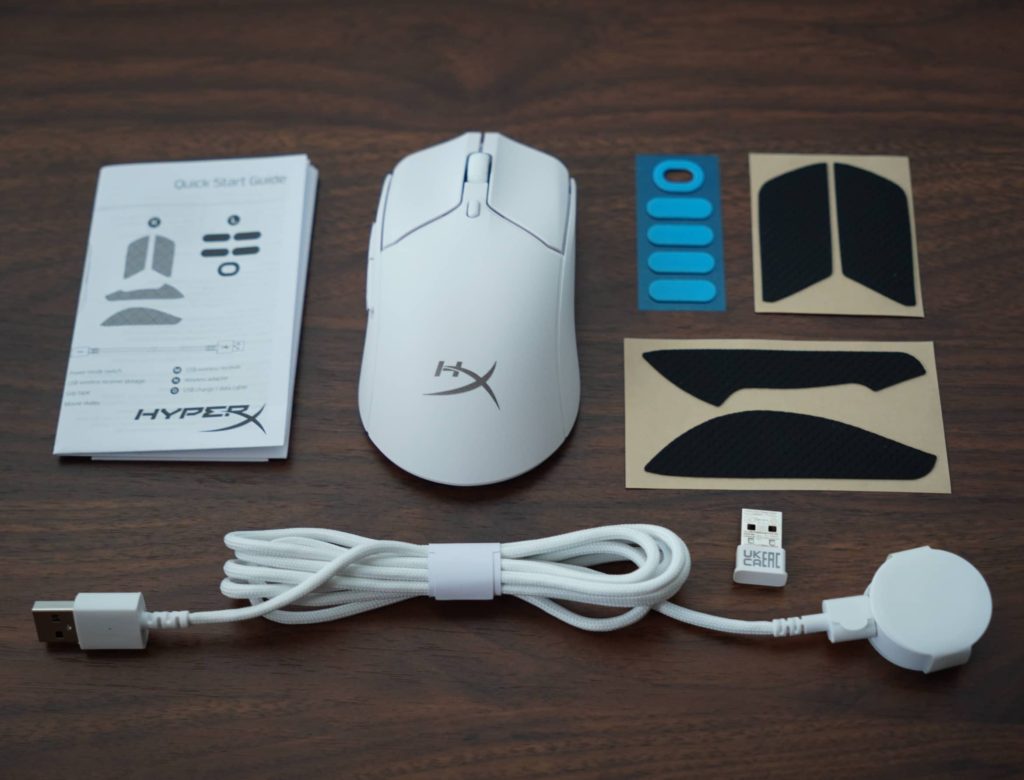
- HyperX Pulsefire Haste 2 Wireless Gaming Mouse
- HyperX Grips
- Low-Friction Skates
- USB-C to USB-A Cable
- USB Wireless Receiver
- USB Extension Adapter
- Quick Start Guide
It was really nice to see HyperX including grip tape in the box.
Tech specs
| Dimensions | Length: 124.3 mm Height: 38.2 mm Width: 66.8 mm |
| Weight | 61 grams |
| Sensor | HyperX 26K Sensor – DPI Presets: 400 / 800 / 1600 / 3200 DPI – Speed: 650 IPS – Acceleration: 50G – Pooling Rate: Up to 1000Hz |
| Buttons | 1. Left click 2. Right click 3. Back button 4. Forward button 5. Scroll click 6. DPI button |
| Switches | HyperX Switch |
| Feet/Skates | PTFE |
| Battery life | 100 hours per full charge |
| Charging port | USB-C |
| LED lighting effects | Yes |
Build quality and weight
The Pulsefire Haste 2 Wireless features a somewhat new look compared to its predecessor as it no longer has the perforated holes plastering the shell of the mouse. I really like how there are no longer has holes as it feels much nicer in the hand. Despite not having any cutouts, the new Pulsefire Haste 2 Wireless manages to keep the same lightweight of 61 grams.
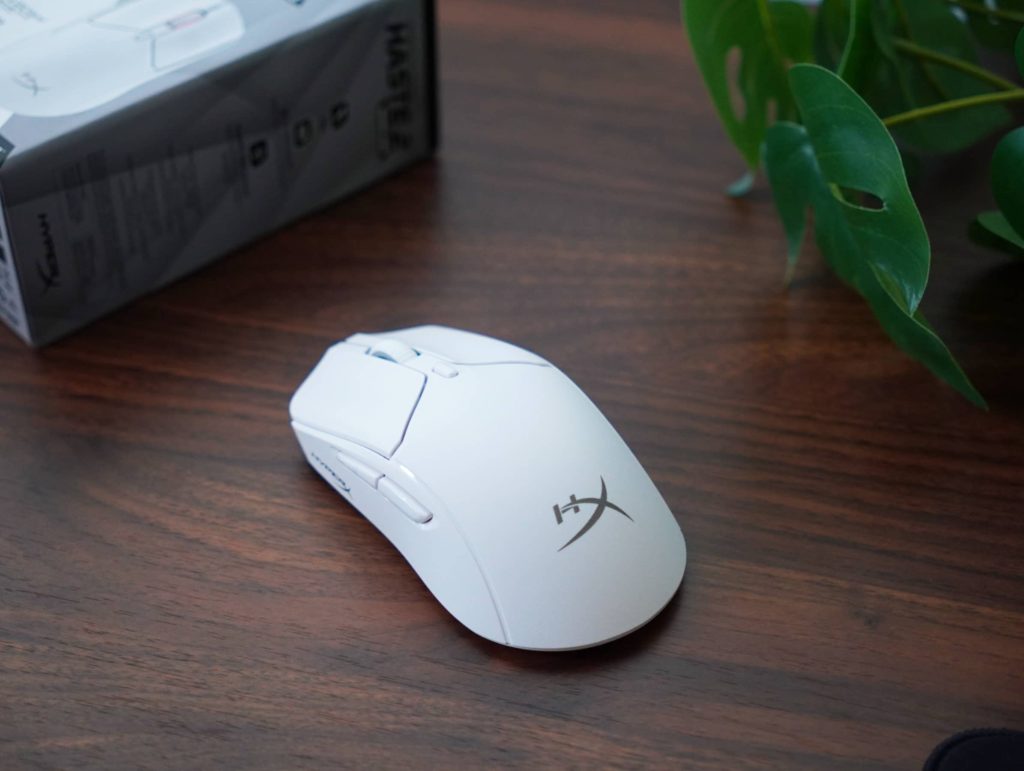
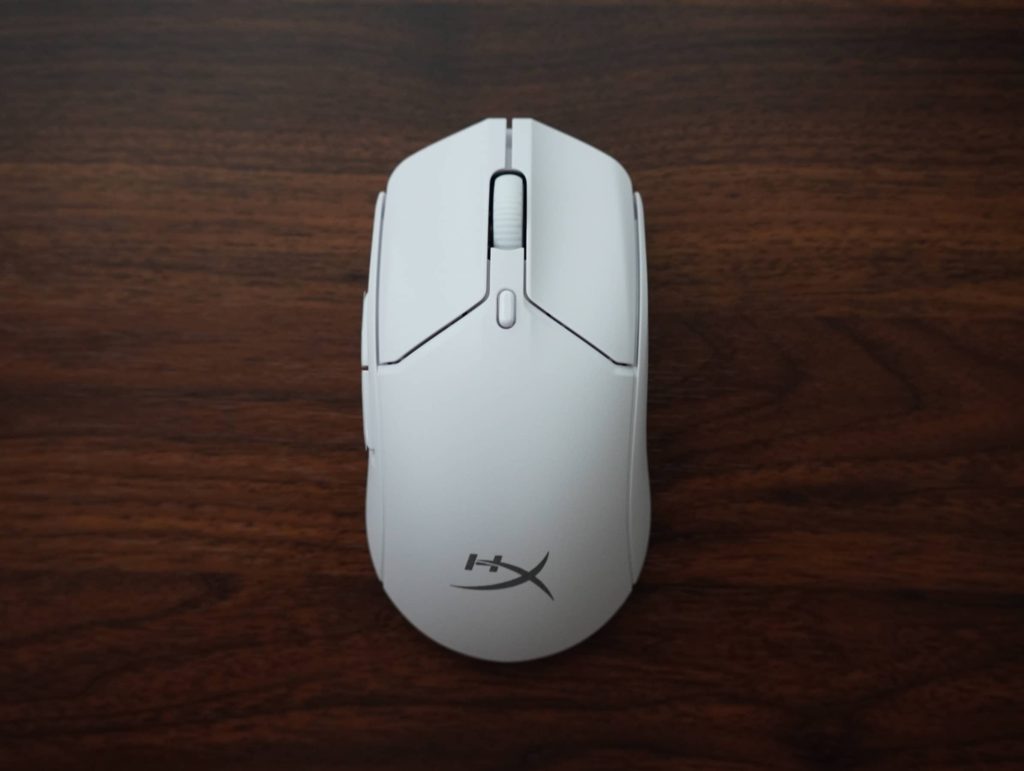
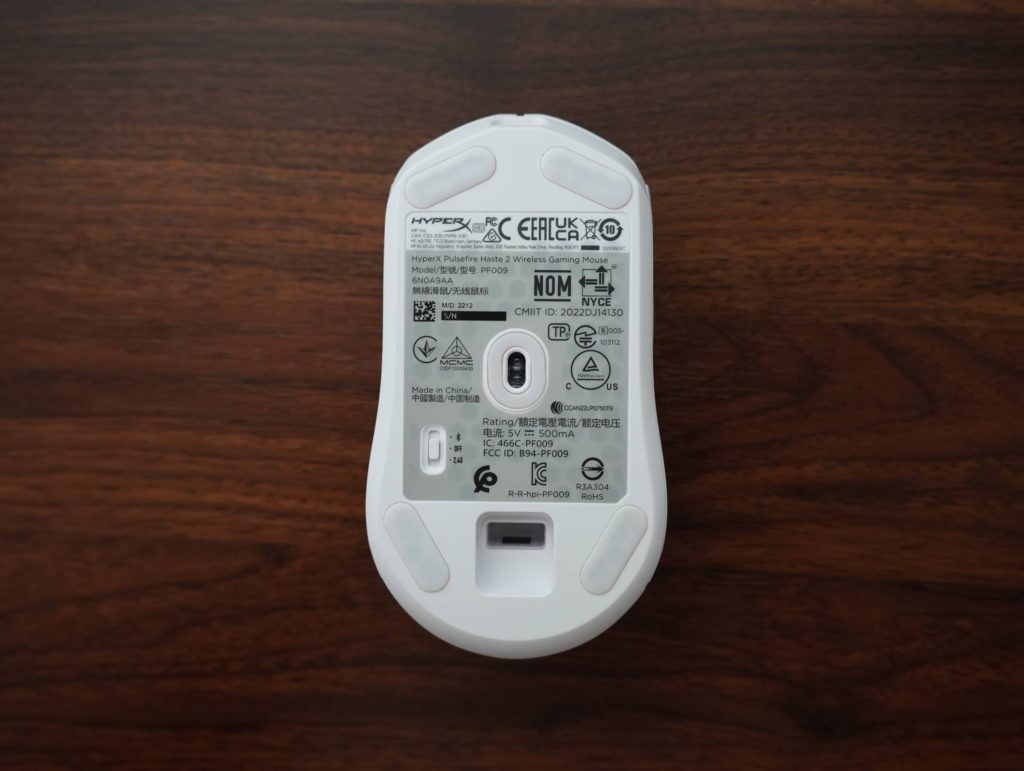
And at 61 grams, I find it to be a nice balance between weight and control. Sure there are lighter mice out there, but I honestly can’t really feel much difference between a 55g Pulsar X2 and the Pulsefire Haste 2 Wireless. The 61 grams is centrally balanced as well. When it comes to build quality, the Pulsefire Haste 2 Wireless just feels solid throughout. No creaking plastic at all, and no rattling even if I’m shaking the mouse like crazy.
Connectivity
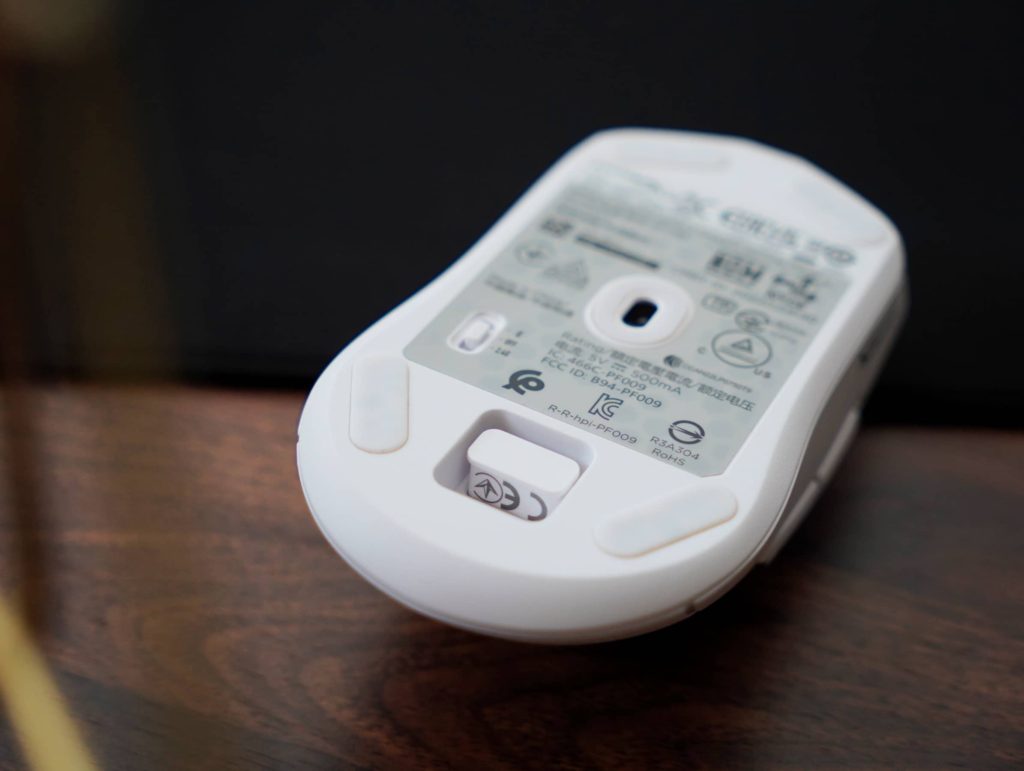
The Pulsefire Haste 2 Wireless can be used wired or wireless via two options – (1) Bluetooth, or (2) 2.4GHz. If you’re gaming, do use the 2.4GHz mode for lowest latency. I like how HyperX designed the Pulsefire Haste 2 Wireless with an intension for you to bring it around as they included little cutout on the bottom of the mouse to keep then wireless dongle. In the case you forget to bring the dongle, you can always use it with your laptop via Bluetooth.
Buttons
The main buttons are HyperX’s very own switches which offer sharp and crisp clicks. The tensioning is superb on the Pulsefire Haste 2 Wireless, with almost no pre or post travel. The actuation point to me is on the “medium-heavy” side, so not really your spammable type of switches. It’s slightly heavier than a Pulsar X2 Mini for comparison. The main buttons also have slight grooves to provide a nicer resting spot for your fingers.
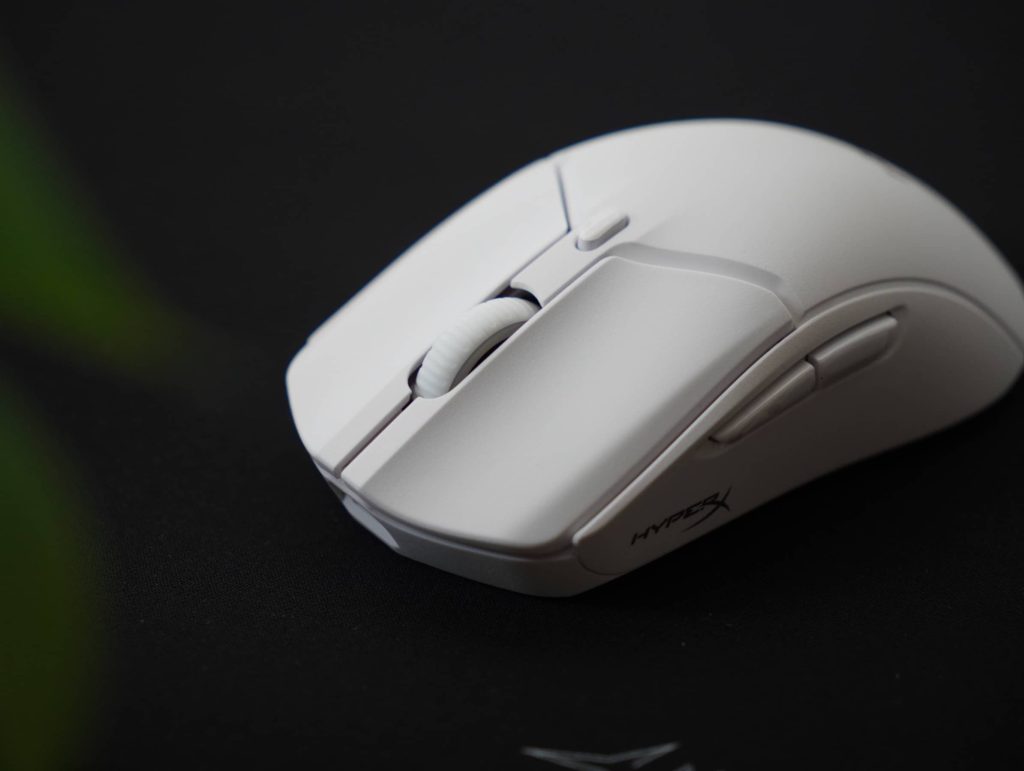
Like the Pulsar X2 Mini, the main buttons’ height are on the lower side, which I found to be more comfortable for my relaxed claw grip as my fingers wasn’t curling back too much. Then again this is highly subjective to personal preference.
As for the side buttons, they feel pretty good as they feel crispy and not mushy or hollow. Location and size and the side buttons are great – generous area to click on them while being conveniently located right under my thumb.
You can check out the clicks and scroll wheel sounds below:
Scroll wheel
The scroll wheel has a rubberised texture for better grip, and has defined notches for each step. Scrolling sounds are relatively quiet and the scroll click (middle click) sounds muted with a low thud-like sound, without much force needed to actuate it.
Coating / Texture
The best way to describe the Pulsefire Haste 2 Wireless is that it feels like a PBT keycap as the plastic used has a slightly rough texture to it. This texture does provide a better grip in games, and is better than smoother surfaces can start to feel slippery when your hands sweat. You can always stick on the provided grip tape for a better grip.
Shape and fit
The Pulsefire Haste 2 Wireless is a symmetrical shaped mouse with a relatively flat and neutral shape all round. The rear hump is on the flatter side when compared to a Pulsar X2. If you like to pull back your mouse into your palm for that ‘locked-in’ grip, the contact points on the Pulsefire Haste 2 Wireless will largely be at the lower part of your palm. Having said that, if you don’t like too much of palm contact I think the Pulsefire Haste 2 Wireless is great option due to its tapered and gentle rear hump.
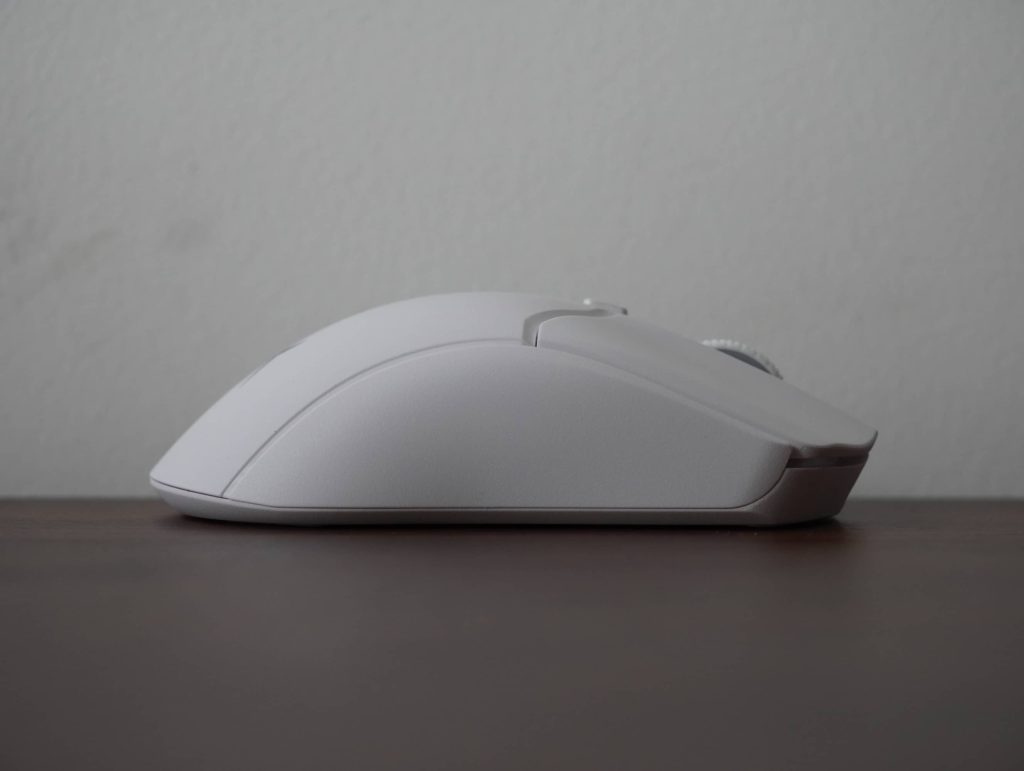
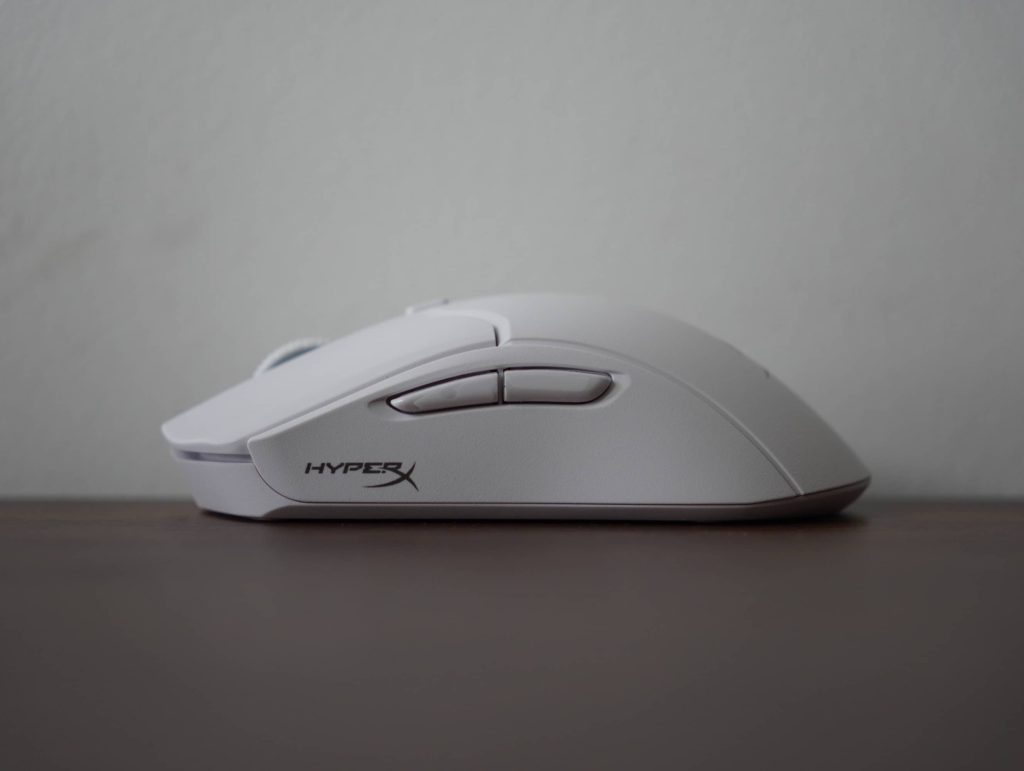
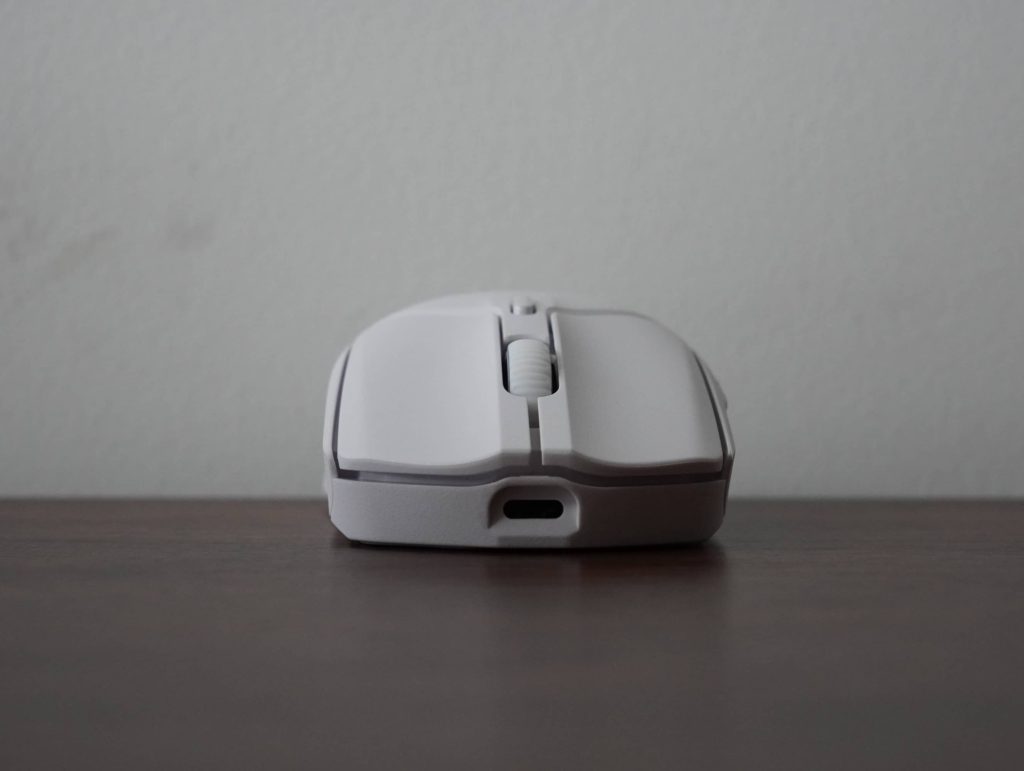
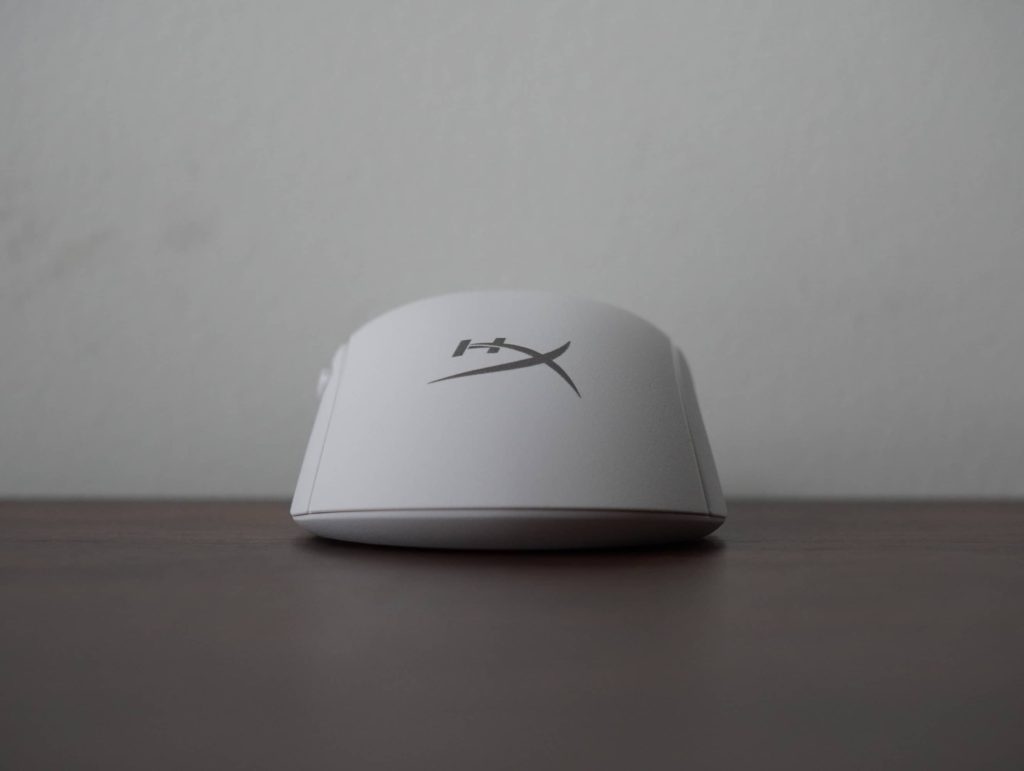
I think palm gripping the Pulsefire Haste 2 Wireless can be viable for smaller hands. But fingertip grip might be a little tricky as the grip width is around 62mm, which is quite a wider for mice of this size. Pulsar X2 comes in at 60mm for example, and I can feel the 2mm difference. The back of the Pulsefire Haste 2 Wireless has a gentle flare out, which I didn’t find too prominent affect any grip style.
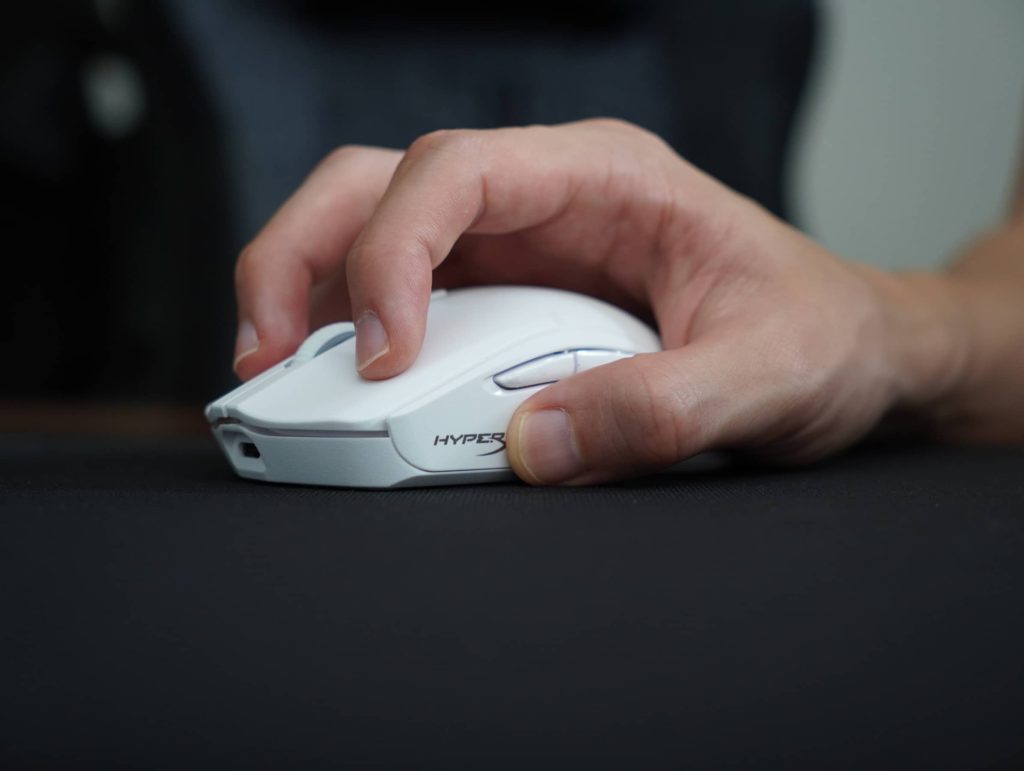
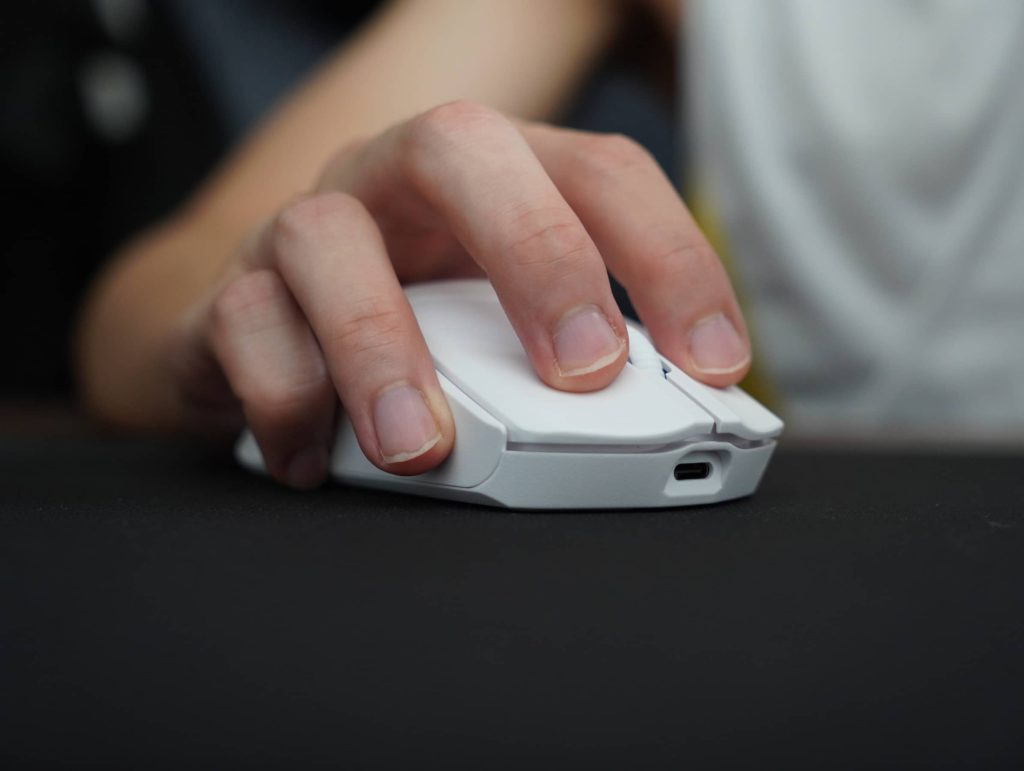
My hand size measure 18cm * 8.5cm, and the Pulsefire Haste 2 Wireless works pretty well for my relaxed claw grip.


Performance
HyperX calls their stock feet on the Pulsefire Haste 2 Wireless low-friction skates, and I have to say that claim is true. The stock feet offer a very smooth glide, comparable to BT.L skates so I don’t think there is a need to swap them out for after-market ones. HyperX even provided an extra set of skates for you to swap out in the future. Pulsefire Haste 2 Wireless is equipped with the what HyperX calls their 26K sensor, which is believed to be the latest Pixart 3395 sensor. The sensor supports up to 26,000 DPI.
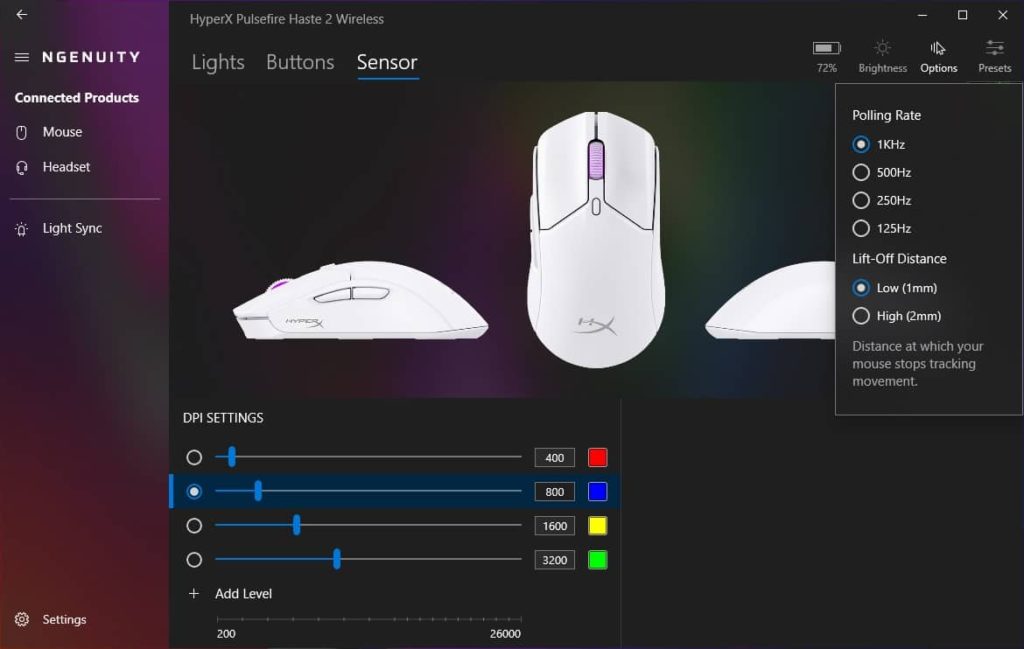
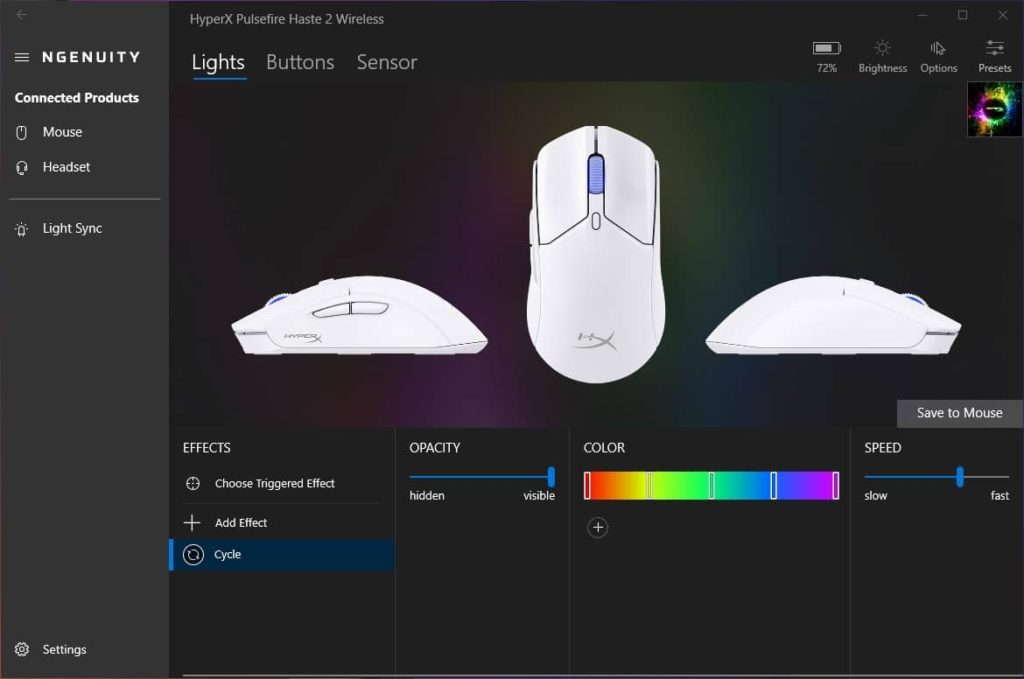
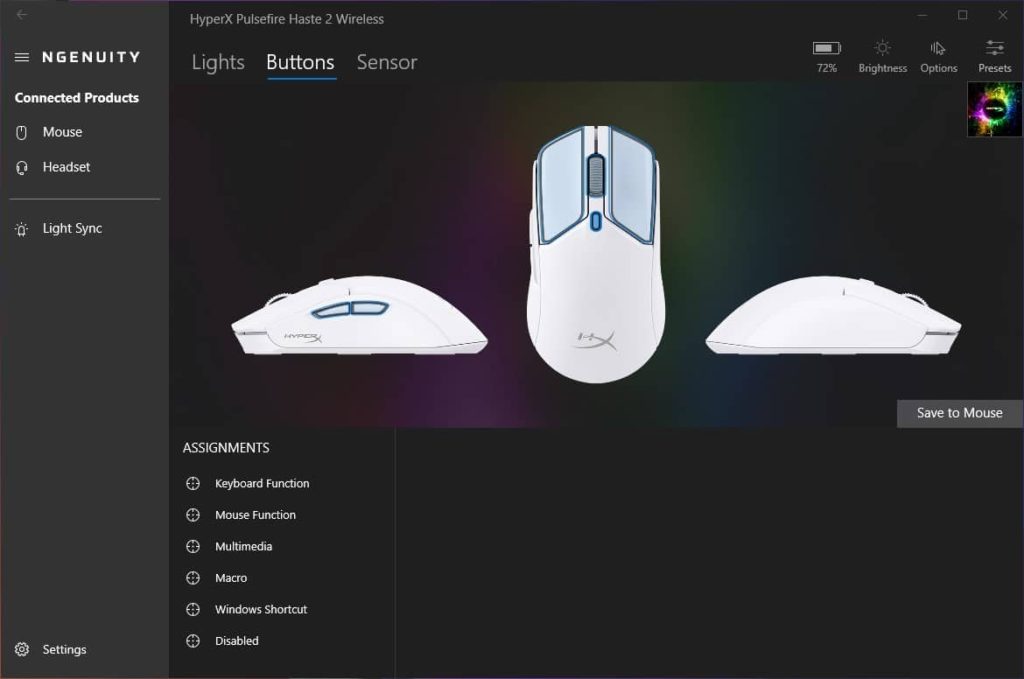
Given this is a HyperX product, you can make customisation to the Pulsefire Haste 2 Wireless via the NGENUITY software. Other than lighting, macros, and binds, you can make changes to polling rate, lift-off distance (LOD), and DPI cycles. Polling rate can be selected between 125Hz, 250Hz, 500Hz, and 1000Hz, while minimum LOD is 1mm. You can set up to 4 DPI presets, each will be represented by a colour which lights up on the scroll wheel when selected.
Throughout my time of testing in games like Valorant, I did not encounter any sensor issues. As for battery life, the Pulsefire Haste 2 Wireless is rated at 100 hours on a full charge. I’ve got about 1-2 weeks of use now and it hasn’t went below 60% which is quite good.
Conclusion
Overall, the Pulsefire Haste 2 Wireless offers a rather safe shape and there is nothing much to dislike about it. The Pulsefire Haste 2 Wireless has a great sensor, solid build quality, smooth stock feet, dual wireless modes, and is well-priced at S$139. If you have used the first iteration of the Haste mouse and like the shape then the Pulsefire Haste 2 Wireless is surely a welcomed upgrade.

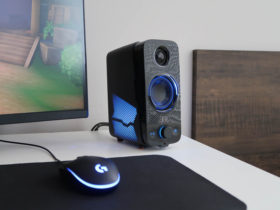
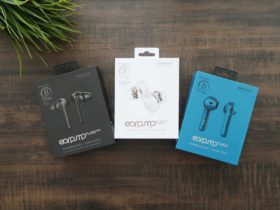
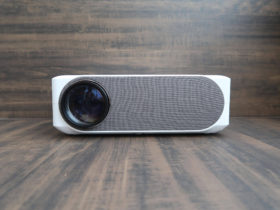
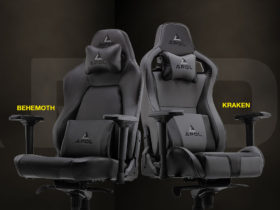

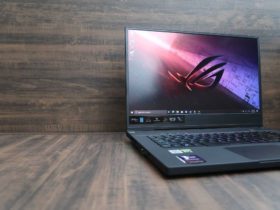



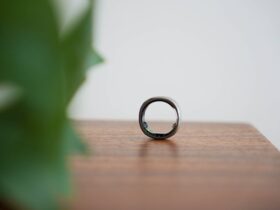
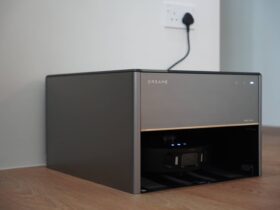
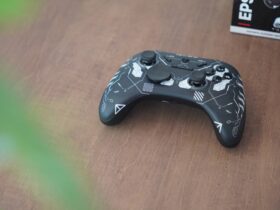
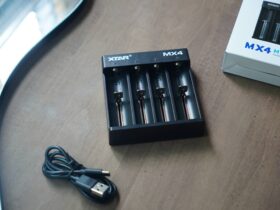
Leave a Reply